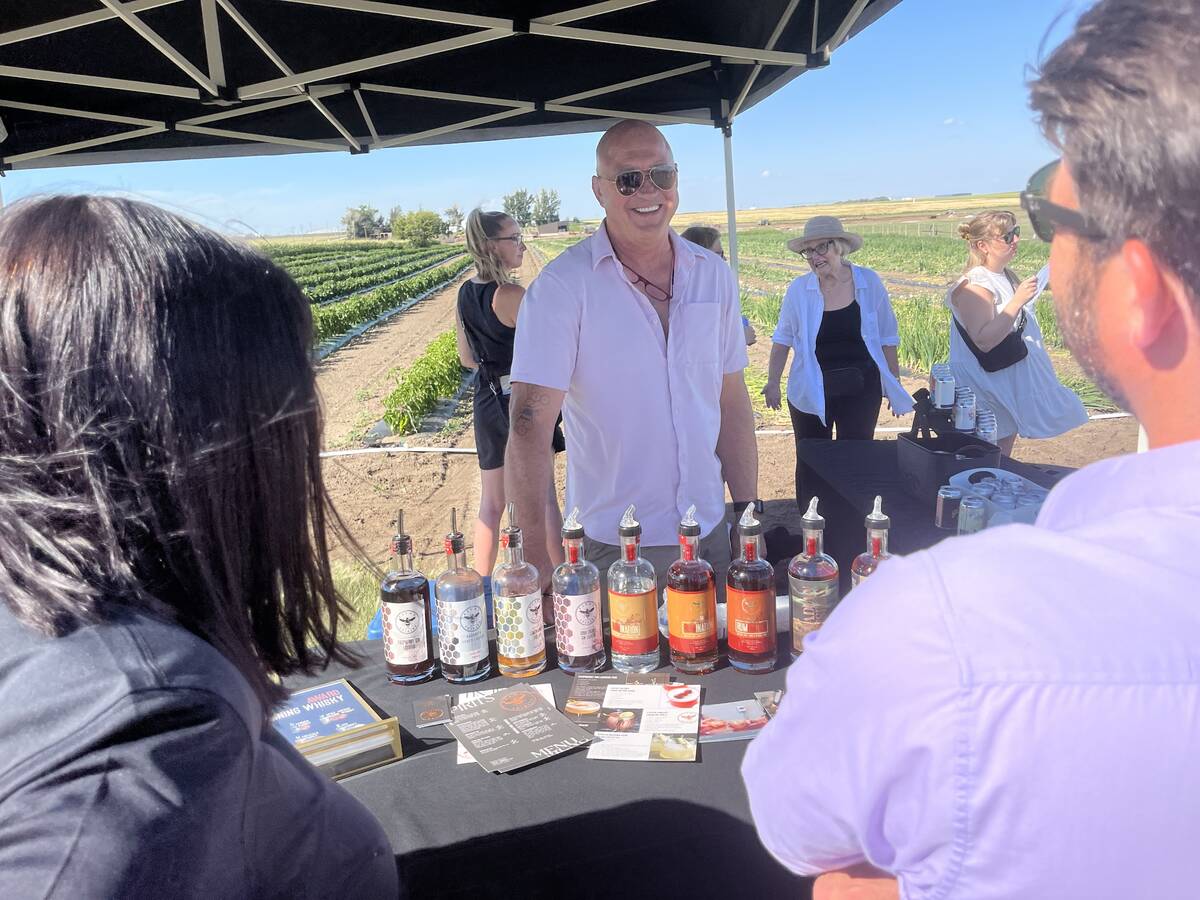More than four years into country-of-origin-labelling rules in the United States, the Canadian hog industry says the U.S. protectionist measure has cost the Canadian industry $2 billion and counting.
It doesn’t begin to count the hundreds of millions of dollars Canada’s cattle industry says it has lost.
Livestock industry leaders are urging Ottawa to prepare a retaliation strategy.
During a Jan. 14 news conference to unveil a new report calculating the cost, Canadian Pork Council executives put the federal government on notice that if the U.S. does not comply with a World Trade Organization dispute panel ruling last year that existing COOL rules must be changed by May 23, 2013, Canada must be prepared to retaliate.
Read Also

From farmer to award-winning distiller
Pivot Spirits showcases transition from farmer to distiller with provincial award-winning results in Alberta for Lars Hirch
WTO rules allow tariff retaliation equal to the calculated hurt.
However, with the slow pace of WTO compliance procedures and the likelihood of American challenges, any real resolution likely would be months or years away.
CPC president Jean-Guy Vincent told the news conference that the Canadian industry’s preference is a peaceful settlement.
“We hope the U.S. will conform (with the WTO ruling),” he said. “We focus on that. But we also have to send a message.”
And the message, according to former CPC president and Mayer thorpe, Alta., producer Jurgen Preugschas, is that there should be consequences for non-compliance.
“Our hope is that the U.S. will comply quickly but affected Canadian and Mexican industries will continue to press their respective governments loud and hard for swift and effective retaliatory tariffs on U.S. goods in the event of non-compliance,” he told the news conference.
Ottawa trade consultant Peter Clark said the retaliatory process could be drawn out but it was important to get Canada’s evidence of damage on the public record.
“So if we do have to move to retaliatory action, we’ll have the numbers ready and we won’t be starting again,” he said.
Clark also noted that while tariff reaction could be targeted at U.S. pork exports to Canada, it also could aim at other sectors that are important to powerful U.S. politicians whose constituents would feel the impact of tariffs and reduced access to Canadian markets.
“It really will be an exercise in trying to find a weak underbelly,” he said.
Meanwhile, federal agriculture minister Gerry Ritz is making no commitment to Canadian tactics if the Americans choose not to comply with the WTO ruling.
“It is premature to speculate on retaliatory measures at this time,” he said in a statement issued by his office Jan. 14. “We expect that the U.S. will bring itself into compliance with its WTO obligations by May 23.”
The study prepared for the CPC by Alberta Agriculture rural economist Ron Gietz concluded that damage to the industry has accumulated through reduced sales of live hogs south, reduced export of weanlings to American feeder operations and a reduction in Canadian prices because of reduced demand.
Gietz said that by the end of October 2012, the cumulative loss was $1.9 billion and likely $2 billion by year-end.
He estimated the ongoing cost at $500 million annually, as long as the dispute continues.
During the news conference, he said the increased value of the Canadian dollar since 2008 and the recent escalation of grain and feed prices have affected the profitability of the Canadian industry.
But COOL has been an overwhelming factor.
The Canadian hog industry shrunk by 15 percent while the U.S. herd decline was just two percent, he said.
COOL had to be a factor, said Gietz.
“COOL has taken a heavy toll on Canada’s swine industry,” he reported.
“In fact, it is apparent that Canada’s swine producers have borne the brunt of COOL’s negative impacts on the livestock sector.”














